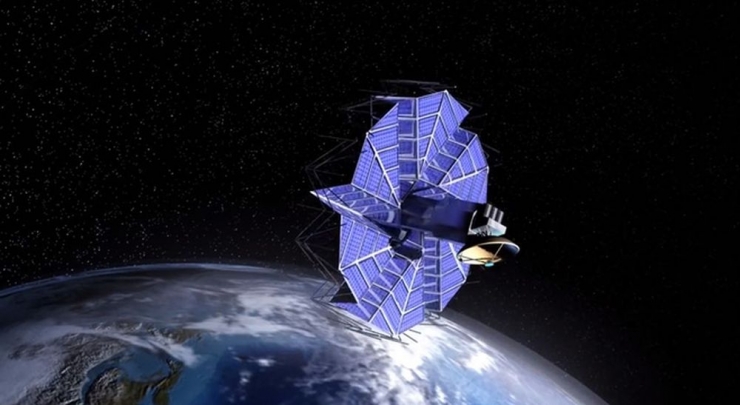Origami and space: how ancient art can help developers of "cosmic" solar panels

A team of engineers from BYU (Brigham Young University) is now looking for efficient ways to fold / unfold solar panels that supply spacecraft with energy. Now most of the systems of solar panels of this type are decomposed in space, when the apparatus reaches the desired orbit. However, the method used to fold / unfold the solar panels can determine the efficiency of the photovoltaic cells. And to achieve the maximum ratio of the expanded / collapsed surface, the university team decided to contact an origami specialist.
And in this case it is not the Japanese-haired Sensei who has been creating paper creatures since the age of three, but the physicist Robert Leng, who is an expert in the field of “calculated origami,” that is, he studies the surfaces of origami figures with the help of physical and mathematical apparatus . It is worth noting that Robert Lang can also create an excellent figure, if that, here are a lot of examples:
')
But back to space. So, Robert Leng and the developers of space devices are now working on a solar panel project, 1 centimeter thick, which when folded is just 2.7 meters in size. Folding out, this system increases the size to 25 meters, which allows the solar battery to produce about 250 kW of energy. This is enough to supply the three ISS.
Now the team already has a prototype of the necessary system, and we can hope for the project implementation. In addition to solar panels, experts are now trying to use the principles of origami to create folding antennas, networks for “catching” asteroids and other systems.
Via wired
Source: https://habr.com/ru/post/206372/
All Articles